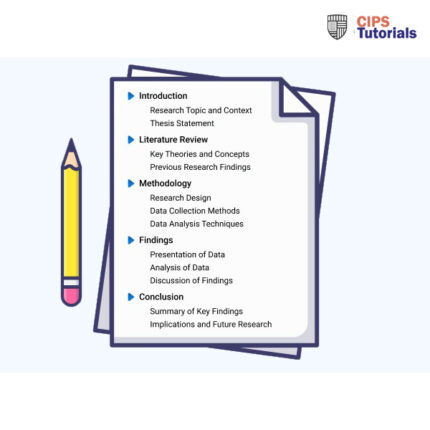“(Solution) 7C003 Discuss the merits of evidence-based critical thinking based upon a range of data analytics” has been added to your cart. View cart
“(Solution) 5OS04 Question 2 (AC 1.2) benefits to your company of employing people in an international context following the takeover” has been added to your cart. View cart
“(Solution) Sources for Proximie’s Competitive Advantage” has been added to your cart. View cart
“(Solution) CIPD 7COO4 Task 1.1 Terms of Reference for Project” has been added to your cart. View cart
“(Solution) CIPD 5CO01 – Organisational performance and culture in practice Victory Training and Development Institute” has been added to your cart. View cart
“(Solution) CIPD Level 5 ICS Learn Equality, diversity and inclusion (5OS05)” has been added to your cart. View cart
Showing 361–372 of 672 results
